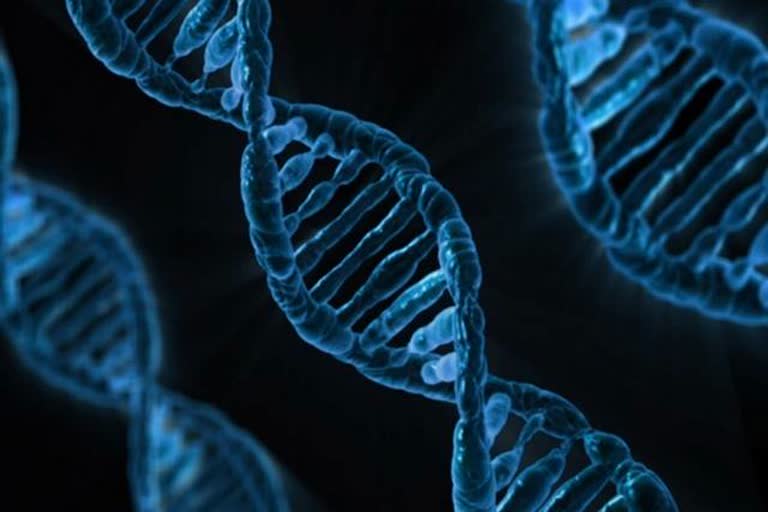ஆஸ்திரேலியாவின் கிரிஃபித் (Griffith) பல்கலைக்கழத்தைச் சேர்ந்த பேராசிரியர் ரய்னர் குருன், மனித இன பரிணாம வளர்ச்சி குறித்து பல்வேறு ஆய்வுகள் மேற்கொண்டுவருகிறார்.
இந்நிலையில், பசுபிக் பெருங்கடலில் உள்ள பிலிப்பைன்ஸ் நாட்டின் லுஸோன் தீவில் அமைந்துள்ள கல்லலோ (Callalo) என்னும் குகையில் கிடைத்த சில பற்கள், எலும்புகள் உள்ளிட்ட மனித எச்சங்களை எடுத்து குருன் அவரது குழுவினருடன் ஆராய்சி மேற்கொண்டார்.
அந்த ஆய்வில், அவை 50 ஆயிரம் வருடம் பழமையானதென்றும், அழிந்துபோன ஒரு மனித இனத்தினுடைய மிச்சமே என கண்டறிந்துள்ளார்.
இதுவரை கண்டறியப்பட்ட மனித இனங்களைக் காட்டிலும் இவை மாறுபட்டதாக இருப்பதால் இவற்றிற்கு ஹோமோ லூஸோநென்சிஸ் (Homo Luzonensis) என்று பெயரிட்டுள்ளனர்.
இந்த இனத்திற்கும், நம் ஹோமோ சேபியன்ஸ் (Homo Sapiens) இனத்திற்கும் சில ஒற்றுமைகள் உள்ளதாகவும், நமது முன்னோர்களான ஆஸ்டிராலோபிதெகஸ் ( Australopithecus) இனத்துக்கு மிகவும் நெருக்கமாக உள்ளதாகவும் தெரியவந்துள்ளது.
இது குறித்து குருன், "அந்த ஆய்வின் மூலமாக நமக்கு தெரியவந்துள்ளது என்னவென்றால் ஒரே காலகட்டத்தில் பல்வேறு மனித இனங்கள் பூமியில் வாழ்ந்துள்ளன என்பது உறுதியாகியுள்ளது" என தெரிவித்தார்.
மனித இனம் பரிணாம வளர்ச்சியில் தென் கிழக்கு ஆசிய தீவுகள் ஆற்றிய முக்கியப் பங்கை இந்த ஆய்வு நிரூபித்துள்ளதாக அந்த ஆய்வுக் குழுவினர் தெரிவித்தனர்.



